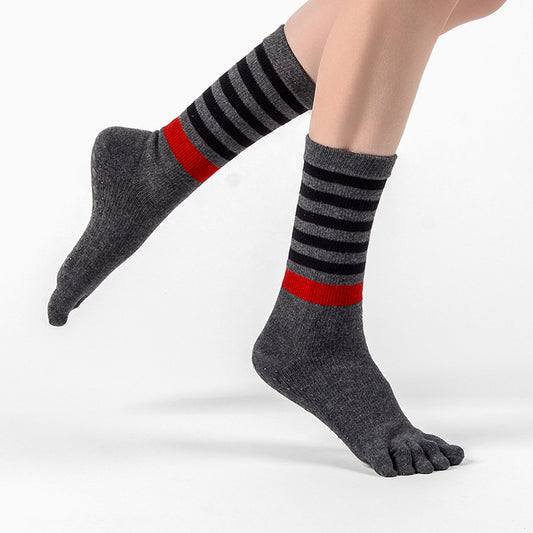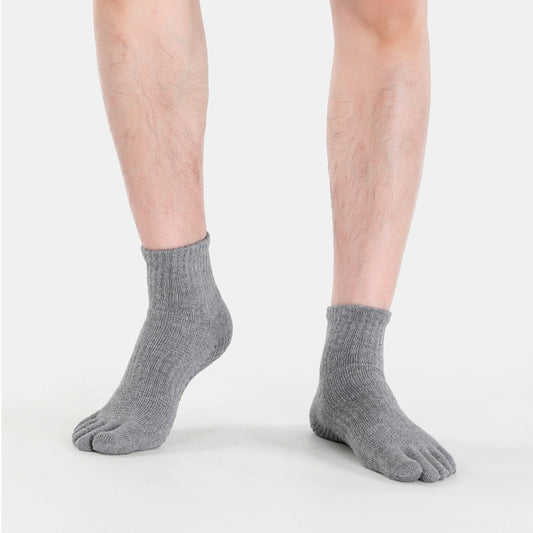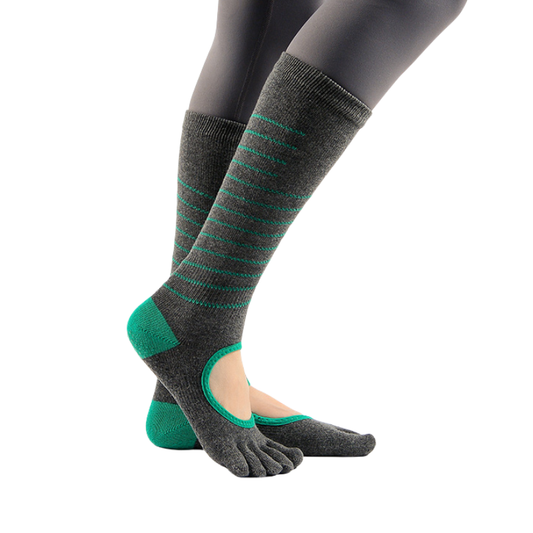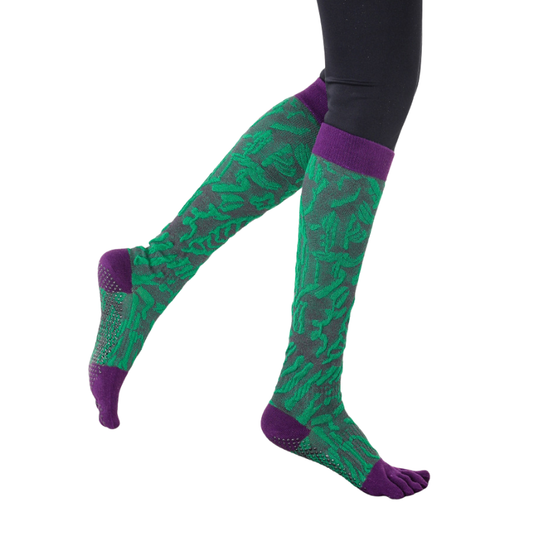Flat Feet in Children vs. Adults: What's the Difference?
Flat feet, medically known as pes planus, occur when the arches of the feet are flattened, allowing the entire sole to touch the floor. While common in both children and adults, the implications, causes, and treatments differ significantly by age group.
What Is a Flat Foot?
Flat foot describes a foot structure with little to no arch, causing the foot to rest completely flat on the ground. There are two primary categories: flexible flat feet, where the arch appears only when not bearing weight, and rigid flat feet, in which no arch is visible regardless of weight-bearing status (American Academy of Orthopaedic Surgeons).
Flat Feet in Children
Prevalence & Normal Development
Flat feet are common in young children, as their foot arches are still developing. Typically, arches form fully between ages four and ten (Mayo Clinic).
Causes & Risk Factors
In children, flat feet often result from natural developmental processes, including ligament laxity and fat pads underfoot. Genetics also play a substantial role, as children often inherit foot structure from their parents.
Symptoms & Consequences
Many children experience no symptoms. However, some might exhibit fatigue, clumsiness, abnormal shoe wear, or slight discomfort after prolonged activity. Untreated severe cases might lead to poor gait patterns or postural issues later in life (Children’s Hospital of Philadelphia).
Flat Feet in Adults
Etiology
Unlike children, flat feet in adults often develop due to underlying conditions or injuries such as Posterior Tibial Tendon Dysfunction (PTTD), arthritis, obesity, pregnancy, or general aging (American Podiatric Medical Association).
Symptoms & Impact
Adults frequently experience significant symptoms including arch or heel pain, swelling, and fatigue. Persistent flat feet may contribute to misalignment in the knees, hips, or lower back, increasing susceptibility to chronic musculoskeletal issues (Cleveland Clinic).
Classification
Adult flat feet are generally categorized as flexible or rigid and can be congenital or acquired, with acquired cases more common due to aging or injury.
Diagnostic Approaches
Both children and adults require comprehensive assessments including visual inspections, gait analysis, and occasionally imaging studies like X-rays or MRIs to determine foot structure accurately and guide effective treatment (American Orthopaedic Foot & Ankle Society).
Treatment Strategies
Children
Most pediatric flat feet require minimal intervention. Encouraging barefoot play and targeted strengthening exercises can promote natural arch development. When necessary, soft orthotic inserts or supportive footwear—like Zokfit’s pediatric arch supports—offer gentle correction without restricting natural growth.
Adults
Adult flat foot management focuses on symptom relief and structural support. Treatments typically involve custom orthotics, appropriate footwear, weight management, physical therapy, and pain management strategies. Products like Zokfit’s supportive athletic insoles and tendon-friendly orthotics can significantly alleviate discomfort and prevent condition progression.
Differences at a Glance
| Feature | Children | Adults |
|---|---|---|
| Arch formation | Still developing | Fully developed |
| Common causes | Physiologic, ligament laxity | Tendon dysfunction, injury |
| Symptoms | Mild fatigue, occasional pain | Pain, swelling, alignment issues |
| Treatment goal | Natural development support | Pain relief, structural correction |
| Surgical need | Rare | Common for severe cases |
Integrating Zokfit for Effective Management
Zokfit products integrate seamlessly into conservative management plans for flat feet. Pediatric soft arch supports foster natural foot development, while adult-specific orthotics provide targeted relief, supporting daily comfort and enhanced physical performance.
When to See a Specialist
Early consultation is crucial, especially if pain persists, gait changes occur, or there’s difficulty performing normal activities. Pediatric attention can prevent adulthood complications, while adult consultations can effectively manage pain and reduce progression risks.
Conclusion
Understanding flat feet differences between children and adults is crucial for effective management and prevention of long-term complications. With supportive products such as those offered by Zokfit, individuals at any age can significantly enhance foot health and quality of life.
References
-
American Academy of Orthopaedic Surgeons: https://www.aaos.org
-
Mayo Clinic: https://www.mayoclinic.org
-
Children's Hospital of Philadelphia: https://www.chop.edu
-
American Podiatric Medical Association: https://www.apma.org
-
Cleveland Clinic: https://my.clevelandclinic.org
-
American Orthopaedic Foot & Ankle Society: https://www.aofas.org







